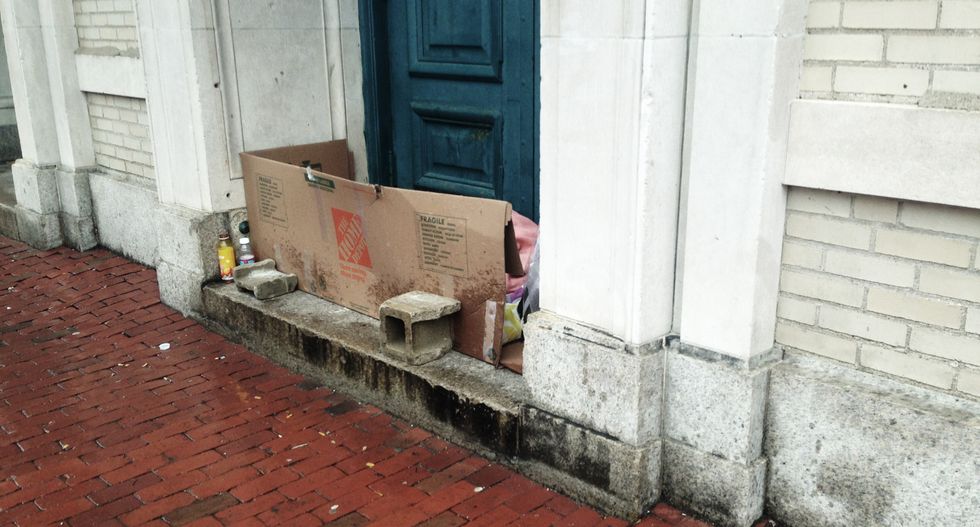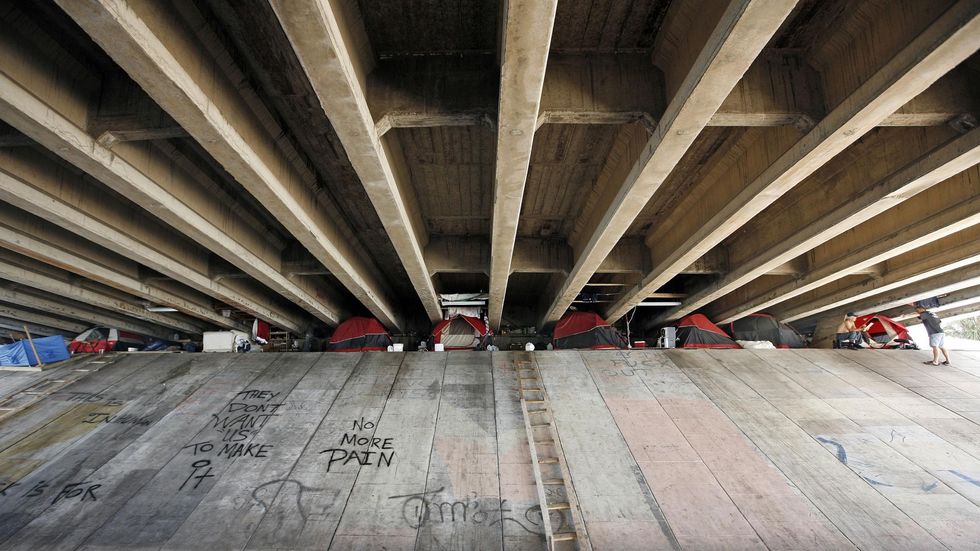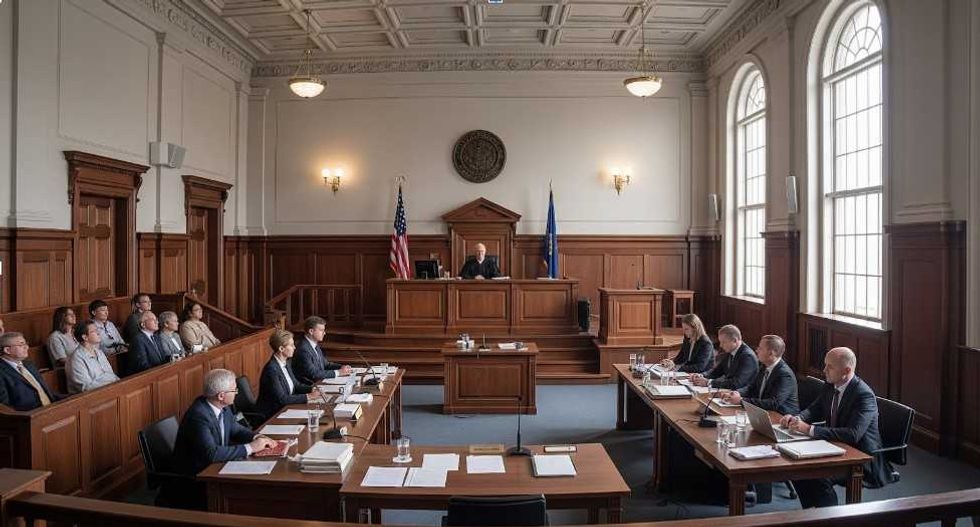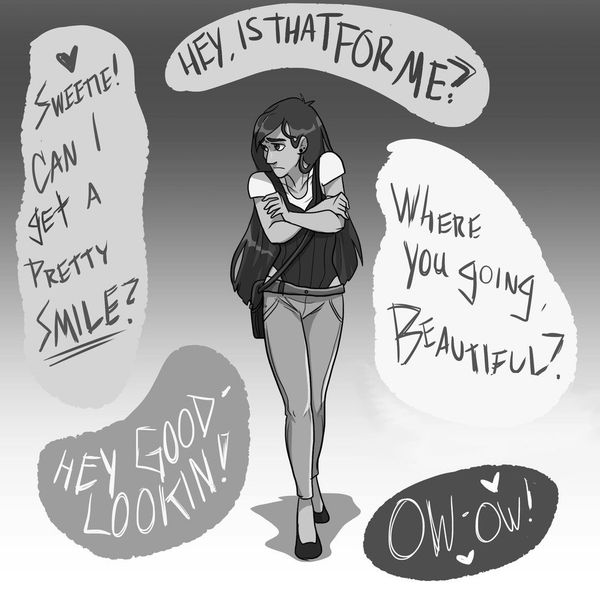In 1998, David Isay and Stacy Abramson had the unprecedented opportunity to spend 24 hours in a flophouse in the infamous Bowery of NYC. They produced a documentary called the Sunshine Hotel that documented the lives of visitors and residents of the hotel. People that played their guitars to the same tune unintentionally created the soundtrack to the lives of these people. As the manager says in the documentary; without this place, these guys wouldn't have a place to go. One thing is common with everyone at the Sunshine Hotel, everyone is on their own.
LISTEN TO THE FULL SUNSHINE HOTEL RADIO DOCUMENTARY HERE: https://storycorps.org/listen/the-sunshine-hotel/
We fear homelessness. It's why we work as hard as we do...anything to just get enough to put food on the table and a roof above our heads. It's why organizations like Peace Corp visit natural disaster sites to build medical clinics and foster people now living in the ruins. Fear brews stigma to the homeless community. Perhaps it is uncanny after we've became so used to behavioral traits that some homeless people's actions like approaching your car at a red light seem eerie and ominous. They may be unpredictable and, in an ingrained society, order and reason dictate our feelings. In a way, we remove their humanity because despite being human, we see them not quite "as human" as our co-workers or family. This is absolutely wrong of course but it's been ingrained into society that we're taught at early age to not trust the homeless.
These teachings are the products of the governing philosophy of anti-homeless movements. The National Alliance to End Homelessness reports that despite states like Georgia and Massachusetts concluding a reduction of over 2,000 homeless individuals, other states like New York and California having INCREASES of over 3,000 and 16,000 respectfully. These numbers from 2017 reflect in light of California's new laws that call for more low-income housing while enacting other laws to eradicate the homeless like making public sitting, laying, and sleeping illegal and "disruptive" acts
In light of this battle, I want to reform how we see the homeless by looking at how the homeless combat against not only physical removal but social disgrace and radical stigma embedded in society for years and years.
The answer may lie in irregular fighting in what can only be described as, "guerrilla architecture".
My name is Michael Bair and this is the Reformist.
INSPIRATION
I have attended REUNION Boston Church since arriving in Boston for my architecture schooling. Originally in the Back Bay, the community has shifted to hosting Sunday service at the Blackstone Community Center in the South End. Walking from campus, I pass through Roxbury and through a few low-income neighborhoods on my weekly commute. The first morning we meet at the community center, it was the typical Boston weather of rain and wind. Me being the particularly clumsy and focused writer I am, I ducked in and out of small pockets of the buildings to maintain some sort of definition of being dry. Nearly at the door, I slid into the side of the Stella Restaurant and noticed I wasn't alone. On the outside of the community center, formed in the suppressed façade was a sheet of cardboard and two cement blocks.
My photo of the Brookline Community Center guerrilla architecture movement
Sleeping behind the sheet were a man and what I could only assume to be his girlfriend, holding each other beneath a pink blanket. In a rush, I took a picture of the shelter and went inside for the Sunday sermon. Once I left the gathering, I rushed outside to see if they were awake or hanging around their shelter but everything was gone. The cardboard had disappeared, the blocks were completely removed, and the two people were gone with nothing but a couple of bottles lying where they had been. According to a friend at a later date, this sort of thing happens all the time and I shouldn't fixate on it.
But I was fascinated. These people who had no home or shelter but had still defined a space exclusively to themselves. While not concrete nor brick, they had built a wall that signified not only the public and private, but the rest of the city and them. They didn't take their environment as built but renovated and modified a threshold of sorts into a space of definition and dignity...only to be removed completely in a couple of hours.
Benches, vestibules, and public alleys are almost too cliché to even look at but it's interesting when these spaces take on new programs based on their users. Unfortunately, the government and public regulations have a strategy only going under the alias of "defensive" architecture. From the leaning benches of the New York Subway to the common handles on benches, these additions change and regulate how public spaces are used. Defenders often cite activities like skateboarding or even bird feeding as reasons for their inclusion but it's inclusion has direct implications to the homeless: you're not welcomed here.
RESEARCH
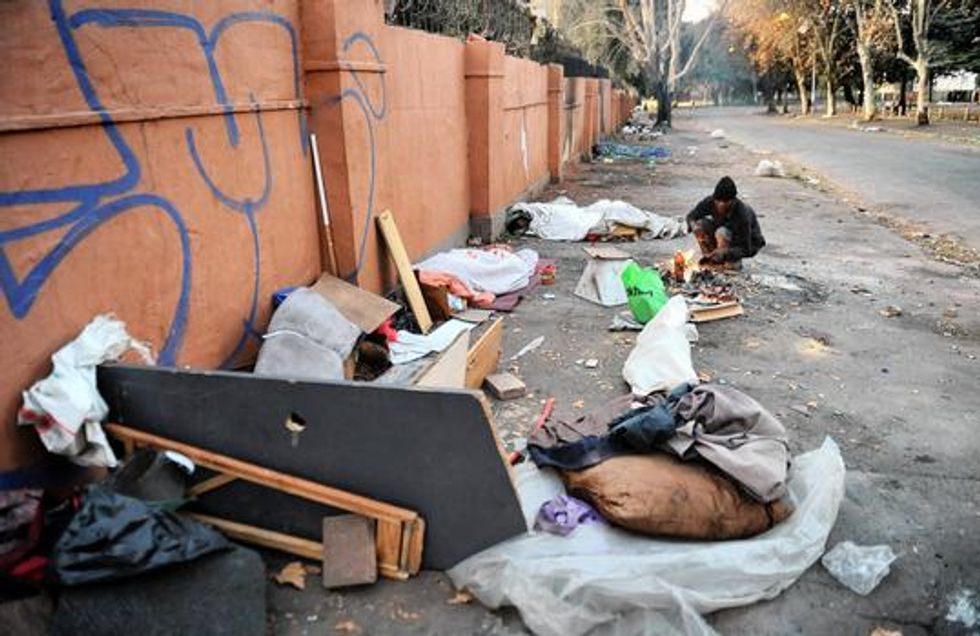
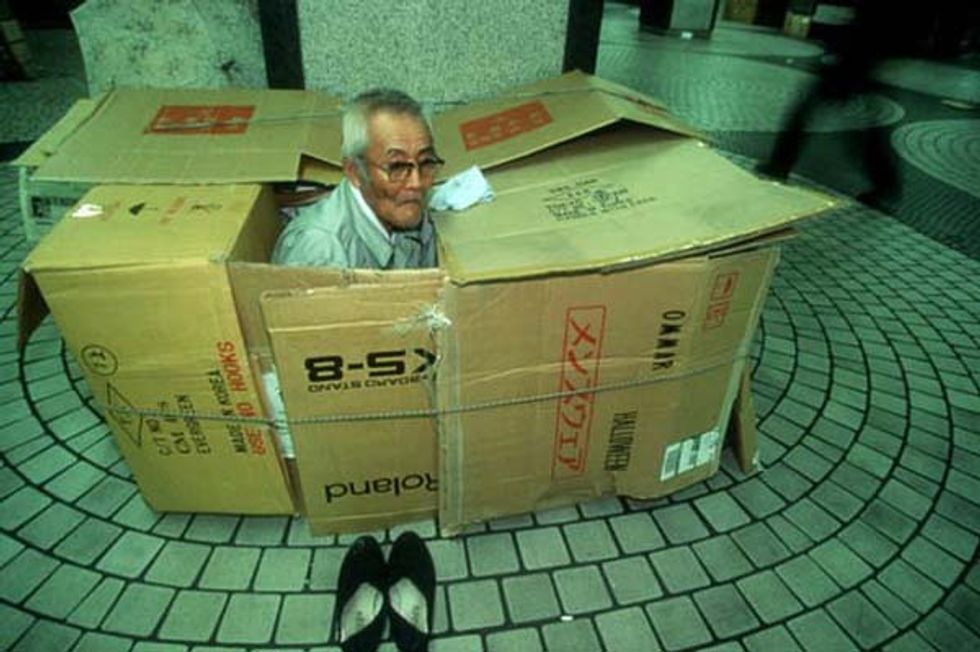
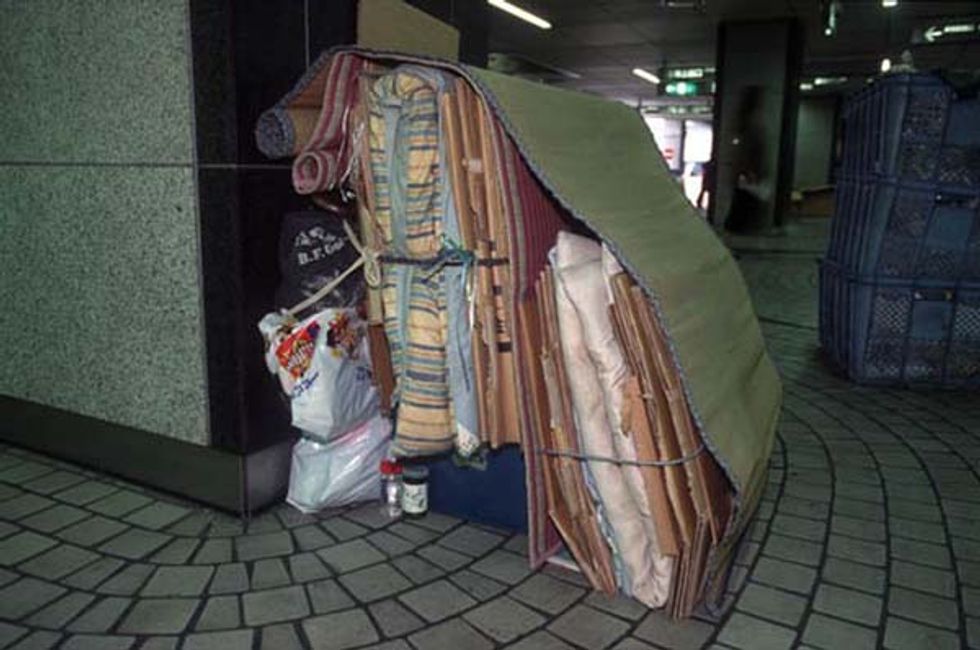
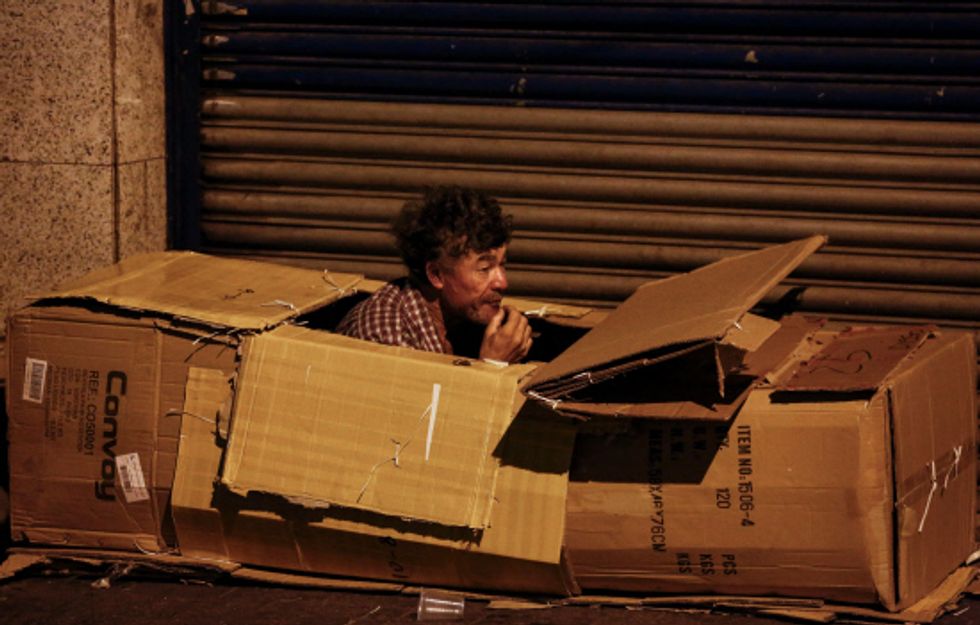
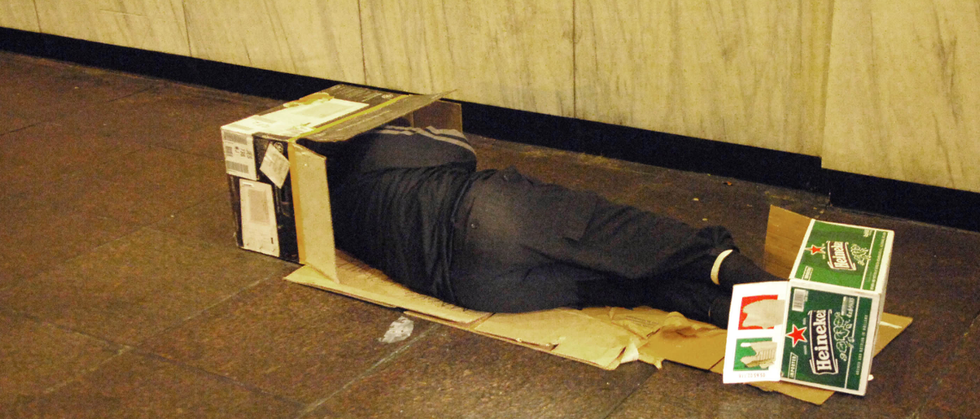
 Photo source: http://kuow.org/post/homelessness-task-force-recom... Seattle, Washington - Tent City 3
Photo source: http://kuow.org/post/homelessness-task-force-recom... Seattle, Washington - Tent City 3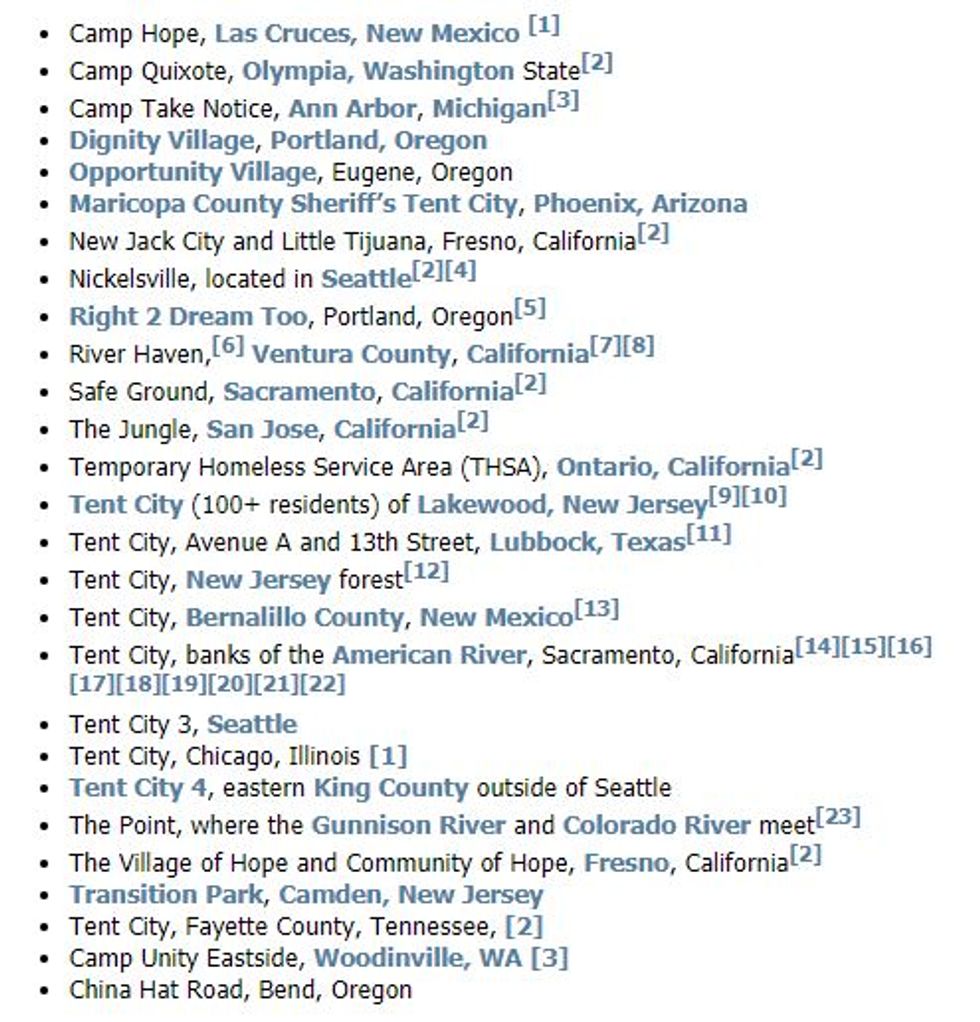
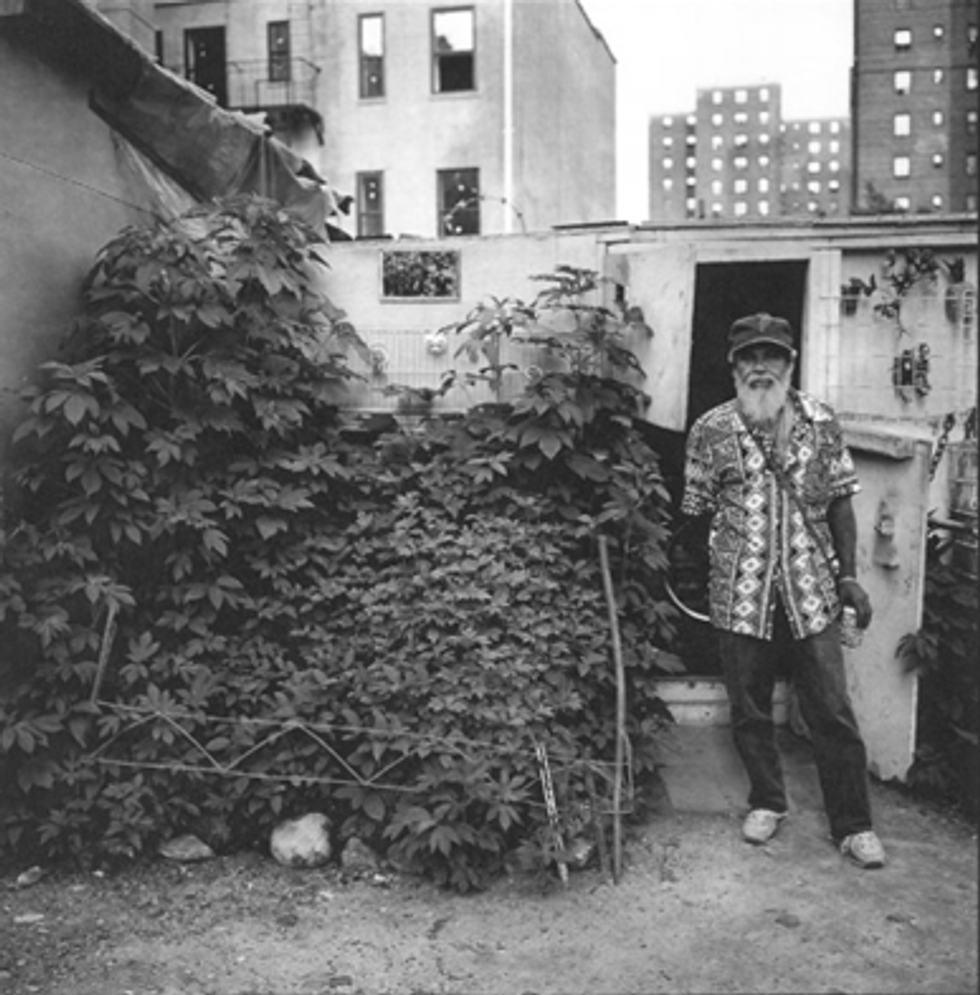
Photo source: Transitory Gardens, Uprooted Lives by Diana Balmori - Print
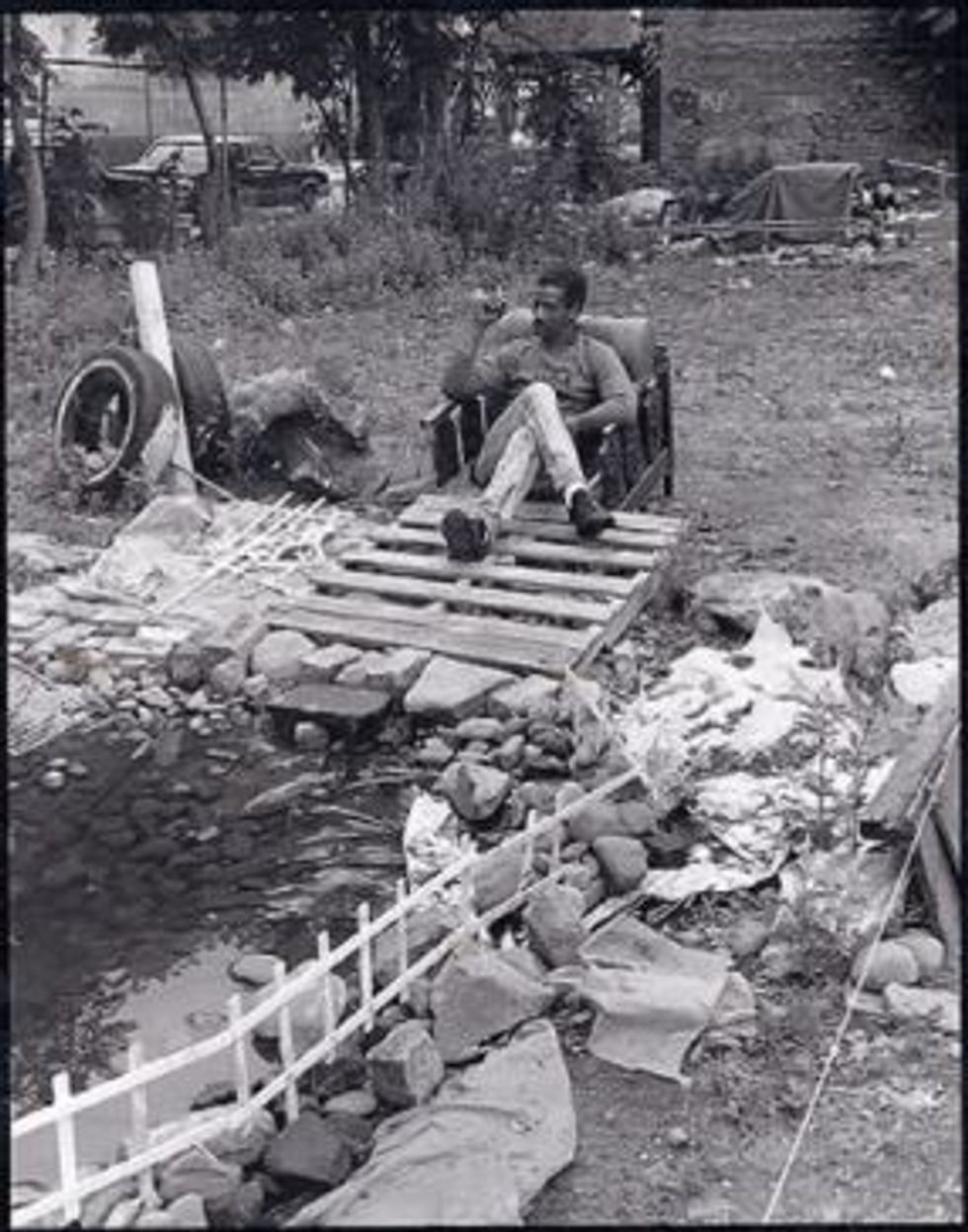
 Photo source: https://english.mojahedin.org/pagesen/inpicdetails... - Iran
Photo source: https://english.mojahedin.org/pagesen/inpicdetails... - IranREFORMED!
The homeless world of architecture is a familiar yet unexplored one. Homes out of cheap materials, salvaged remains, and simple construction reminds me of my youth in my backyard building forts. Pieces of wood propped on logs, tarps hung to tree branches, a simple fire out of dried pine needles and leaves. To me, these memories are nostalgic and perhaps remembered fondly for starting my interest in architecture. But for many, this is the method of survival.
The homeless population is a family of innovators, inventors, and most importantly, survivors
Thousands of proposals for homeless housing exist all over the world. But fundamentally, it's designers coming to the homeless, offering their talents and resources to people who are all too familiar with ideas. These people are not interested in what COULD be or what SHOULD be done. Instead these people are looking at what WILL be done. Through a look at homeless guerilla architecture, it becomes clear that the homeless should be coming to designers on exactly what needs to be done.
The question is: will we look at them differently if they do?
Photo source: http://wlrn.org/post/aclu-challenges-miami-law-beh... - Miami, Florida
And as Nathan Smith of the Sunshine Hotel said as the guests checked out of their room:
"I always tell my tenements the same thing when they leave...good luck...Where were they going the next place I hope it's not the same as this, I hope it's a little better but I always tell them that...good luck...good luck, that's all I say".


